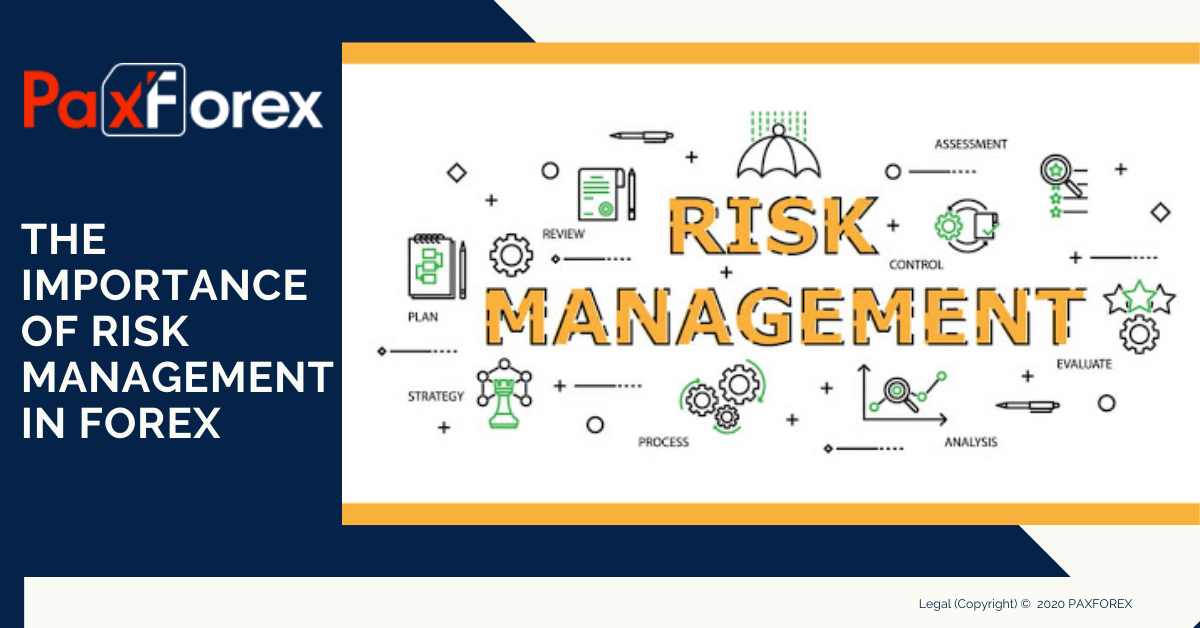The Strategic Importance of Risk Management in Building Market Advantage
The Strategic Importance of Risk Management in Building Market Advantage
Blog Article
Checking out the Relevance of Risk Management for Effective Decision-Making Strategies
In the intricate world of service, Risk Management emerges as a vital factor in the decision-making procedure. The capacity to recognize potential risks and chances, and plan as necessary, can mean the difference between success and failing.
Recognizing the Principle of Risk Management
Risk Management, an essential part in decision-making, is typically misinterpreted or oversimplified. Normally, it refers to the identification, examination, and prioritization of dangers to reduce, monitor, and manage the chance or influence of regrettable events. It's not merely concerning avoiding negative outcomes, however also concerning recognizing prospective chances. Risk Management involves structured and disciplined techniques, using information and insightful evaluations. It calls for a comprehensive understanding of the organization's context, goals, and the prospective threats that could obstruct them. From financial uncertainties, legal obligations, strategic Management mistakes, to mishaps and all-natural calamities, it attends to various dangers. Significantly, efficient Risk Management is not stagnant; it's a constant, forward-looking procedure that advances with transforming conditions.
The Role of Risk Management in Decision-Making Processes
In the world of tactical preparation and service procedures, Risk Management plays an indispensable duty in decision-making procedures. It aids in determining prospective threats and uncertainties that might impact the achievement of company objectives. By mapping these risks, business can formulate approaches to mitigate their influence, ensuring business connection and stability. Risk Management therefore ends up being an important tool in decision-making, assisting leaders to make informed choices based on a thorough understanding of the risks entailed. It urges a positive method, making it possible for companies to prepare and prepare for for possible future scenarios. This dramatically lowers the possibility of negative effects, promoting more reliable and efficient decision-making techniques. Risk Management serves as a vital component in the decision-making processes of any kind of company.

Exactly How Risk Management Enhances Strategic Preparation
In the context of tactical planning, Risk Management plays a pivotal role. Initiating with the recognition of prospective dangers, it better reaches the application of Risk mitigation actions. The function of Risk Management is dynamic yet not fixed, as it demands consistent surveillance and adjusting of techniques.
Determining Prospective Dangers

Carrying Out Risk Reduction
Having established the importance of identifying potential threats, the following action is to discover Risk mitigation. This procedure includes establishing and executing techniques to take care of identified dangers properly. It is an important facet of critical preparation as it enhances decision-making by lessening potential adverse results. Risk reduction strategies can range from Risk avoidance, Risk transfer, to take the chance of decrease. Each approach must be tailored to the specific Risk, considering its possible influence and the organization's Risk resistance. Additionally, reliable Risk mitigation needs a deep understanding of the Risk landscape and the possible effect of each Risk. This understanding enables organizations to prioritize threats and allot sources efficiently, making sure that one of the most substantial threats are resolved first.
Surveillance and Readjusting Strategies
Though Risk mitigation is a vital step in strategic preparation, constant tracking and adjustment of these methods is just as essential. It likewise supplies an opportunity to evaluate the success of the Risk Management actions, enabling adjustments to be made where essential, more enhancing calculated preparation. Surveillance and changing Risk Management techniques is an important element for enhancing an organization's resilience and calculated preparation.
Situation Researches: Effective Risk Management and Decision-Making
In the globe of organization and money, effective Risk Management and decision-making typically offer as the columns of thriving ventures. One such entity is an international oil company that minimized financial loss by hedging against rising and fall oil prices. In another circumstances, a tech startup grew by recognizing and approving risky, high-reward approaches in an unpredictable market. A global financial institution, confronted with regulatory unpredictabilities, efficiently browsed the situation via aggressive Risk analysis and dynamic use this link decision-making. These situations highlight the value of astute Risk Management in decision-making processes. It is not the absence of Risk, but the Management of it, that frequently differentiates successful companies from not successful ones. These situations highlight the vital role of Risk Management in critical decision-making. importance of risk management.
Devices and Strategies for Reliable Risk Management
These tools, such as Risk signs up and heat maps, help in identifying and examining prospective risks. Risk response techniques, an essential part of Risk Management, include approving, preventing, transferring, or mitigating dangers. With these devices and strategies, decision-makers can navigate the complicated landscape of Risk Management, therefore helping with educated and efficient decision-making.
Future Fads in Risk Management and Decision-Making Methods
As we check out the substantial landscape of Risk Management, it ends up being noticeable that the tools and techniques made use of today will certainly proceed to progress. The principle of Risk culture, where every participant of an organization is aware and entailed in Risk Management, will certainly gain extra prominence. These patterns herald a more inclusive and aggressive strategy in the direction of Risk Management and decision-making.
Final thought

Risk Management hence becomes an important device in decision-making, assisting leaders to make educated choices based on an extensive understanding of the dangers included. Risk mitigation techniques can range from Risk avoidance, Risk transfer, to take the chance of decrease (importance of risk management). Efficient Risk reduction needs a deep understanding of the Risk landscape and the possible effect of each Risk. Risk reaction strategies, a vital element of Risk Management, involve approving, preventing, transferring, or mitigating threats. The idea of Risk culture, where every member of a company is conscious and click to read involved in Risk Management, will certainly get a lot more importance
Report this page